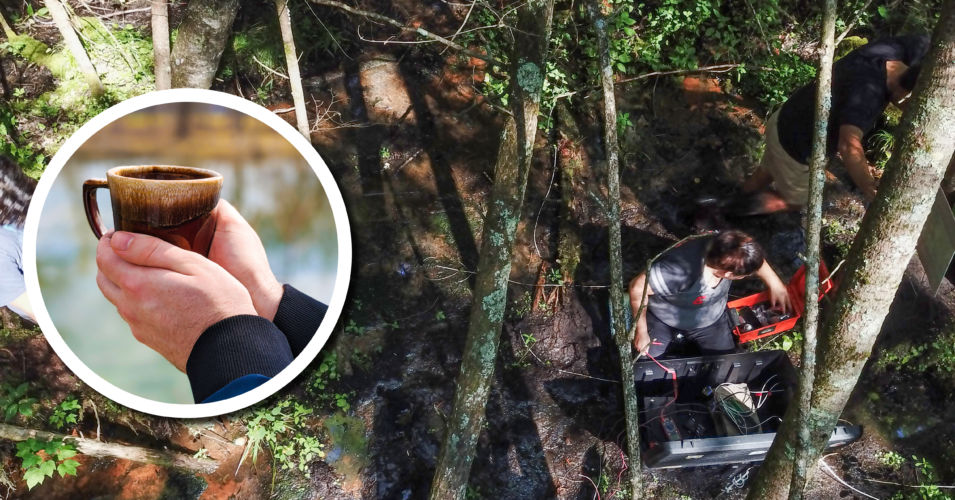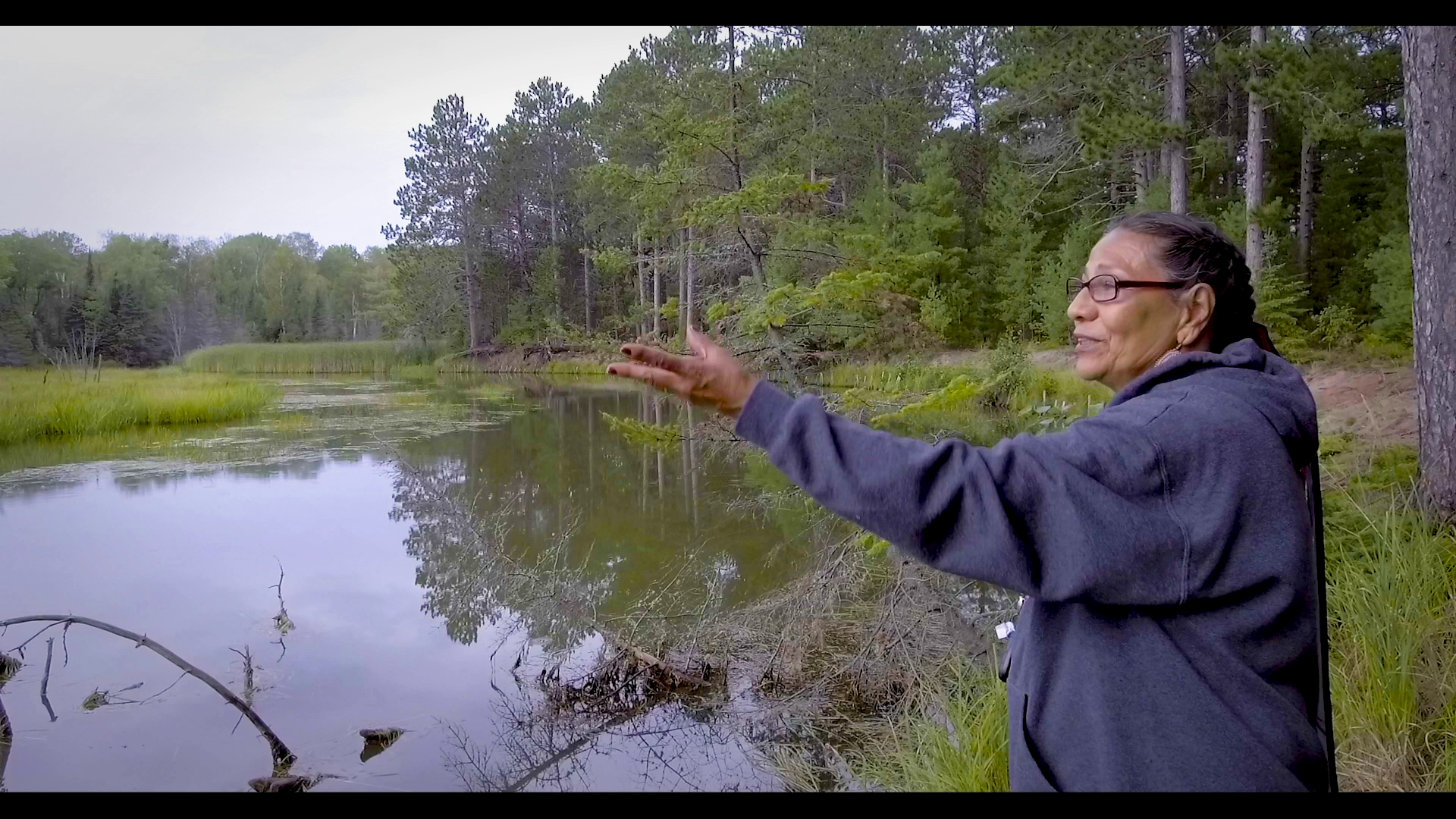Tribal communities maintain significant landholdings, including Black ash-dominated forested wetlands. These systems have not been a priority for management, but anticipated mortality induced by emerald ash borer (EAB, Agrilus planipennis) has prompted tribal managers to seek strategies and prioritize areas for mitigation. Join Angela Waupochick as she shares details about how her tribal-scale research will direct local management by capturing a refined picture of environmental and atmospheric controls. She’ll also share how the data from this work will better determine how site hydrology changes following black ash loss and direct specific management areas for tribal managers.
Angela Waupochick, Ph.D. student
Angela Waupochick is a Ph.D. student in forest and wildlife ecology at UW-Madison. She is conducting a forested wetland research project in the Menominee and Stockbridge-Munsee Tribal Lands near Keshena, in northern Wisconsin. Her goal is to find the best conservation strategies for these black ash–dominated ecosystems because they are widespread in the area and a culturally significant tribal land resource. She has had many wildland fire and water resources technician appointments that have focused on tribal community restoration and enhancement projects and program development.
Related Content
Wetland Coffee Break: Managing impacts of the invasive Emerald Ash Borer on Wisconsin’s wooded wetlands
Wetland Coffee Break: Habitat restoration and bird monitoring on the Oneida Nation reservation
Wisconsin Tribes: Leading the way in protecting and restoring wetlands and watersheds




